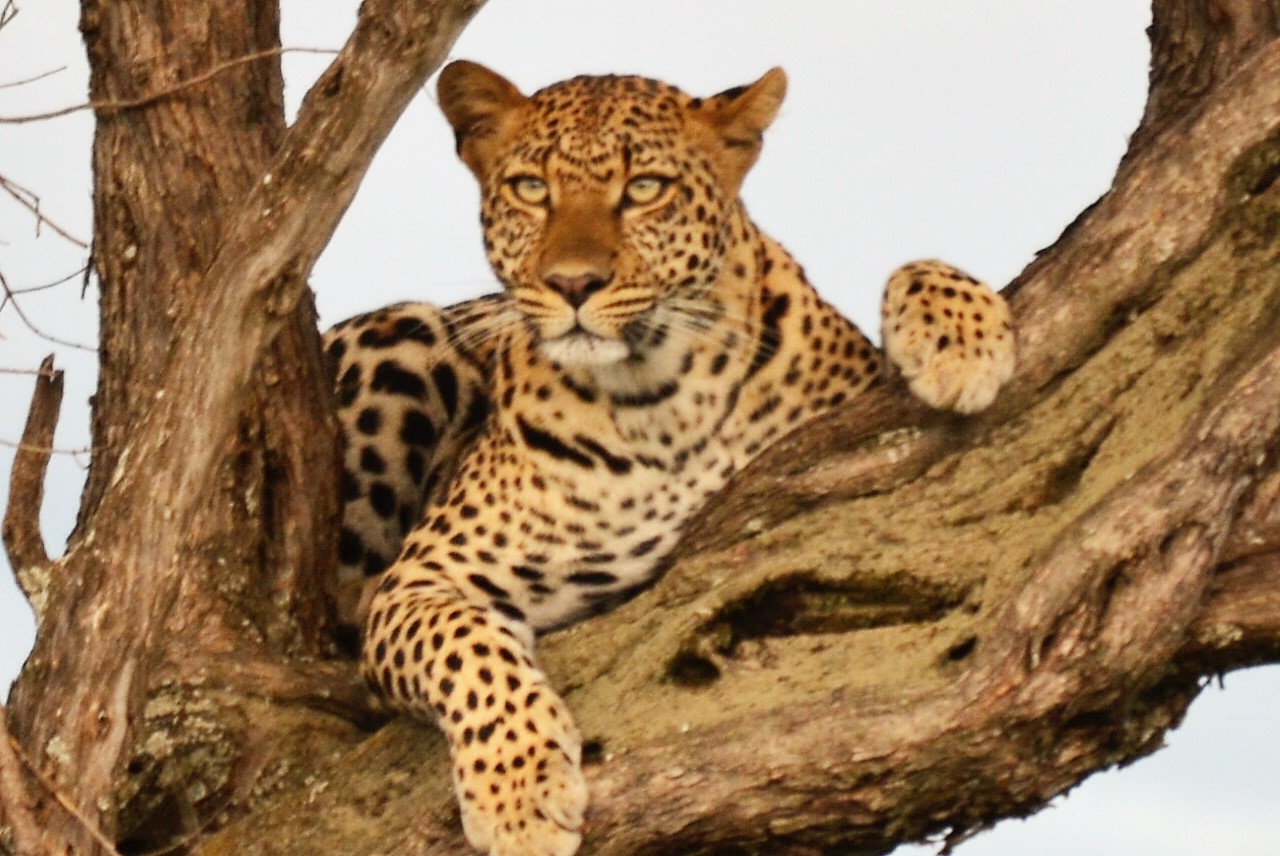


For many people, Africa is all about animals: seeing them in their natural habitats, with as little human disturbance as possible. By day or by night; on land or water, or from above, there are many different ways to achieve this – here are some of our most memorable options, thanks to TravelManagers’ personal travel manager Gail Hughes.
Flood waters fill the Okavango Delta every year around May and tend to stay around until October, making these months the perfect time to go on safari to Botswana and experience outstanding game viewing, both from vehicles and boats. Head out with your guide in a mokoro or dugout canoe and explore the waterways of the Delta in silence: you will cross the path of elephants, crocodiles and hippos as well as the smaller creatures such as birds and frogs.
You’ll be mesmerised by the view from the rim of the Ngorongoro Crater, the largest unbroken caldera in the world. Then you’ll descend into the crater to spend the day viewing game, with a picnic lunch. It won’t be long before you see lions, elephants, hippo, zebra, wildebeest, plus hopefully flamingos and the occasional rhino!
First time to Africa, everyone wants to tick the “Big 5” off their bucket-list and for me, the only place to do this is the famous Sabi Sands Game Reserve in South Africa. Head out on morning and afternoon game drives with your guide and tracker, and with luck you’ll see them in no time.
South Luangwa is the birthplace of walking safaris: it is always great to get out of a vehicle and walk from one camp to the next. Your guide will show you the smaller details that you would probably miss when travelling in a vehicle, whether it’s to look at an insect or colourful chameleon, or to explain the medicinal purpose of certain trees. Believe me, you will also come across plenty of elephants, leopards in trees and so much more!
You’ll be up early to head out to the launch site, where you will watch as the crew get the balloon ready and then… lift off, to soar high above the open plains of the Masai Mara. Watch the sunrise and view game from above before descending for a delicious champagne breakfast.
Hwange National Park in Zimbabwe is home to large elephant populations, but it does not have any natural water sources, so in the dry season, water pumps fill the empty pans. A few camps have set up hides, which allow you to safely watch from ground level when the elephants arrive for their afternoon drink.
This is one of the greatest shows on Earth and you can witness a migration at various times of the year. To see a river crossing from the Serengeti to Mara you need to be there in July/August, or to witness the millions of wildebeest giving birth, the Southern Serengeti is the place to be in February/March.
If getting up close and personal with Africa’s big five is on your bucket list then contact Gail here for expert advice to help plan your African adventure.